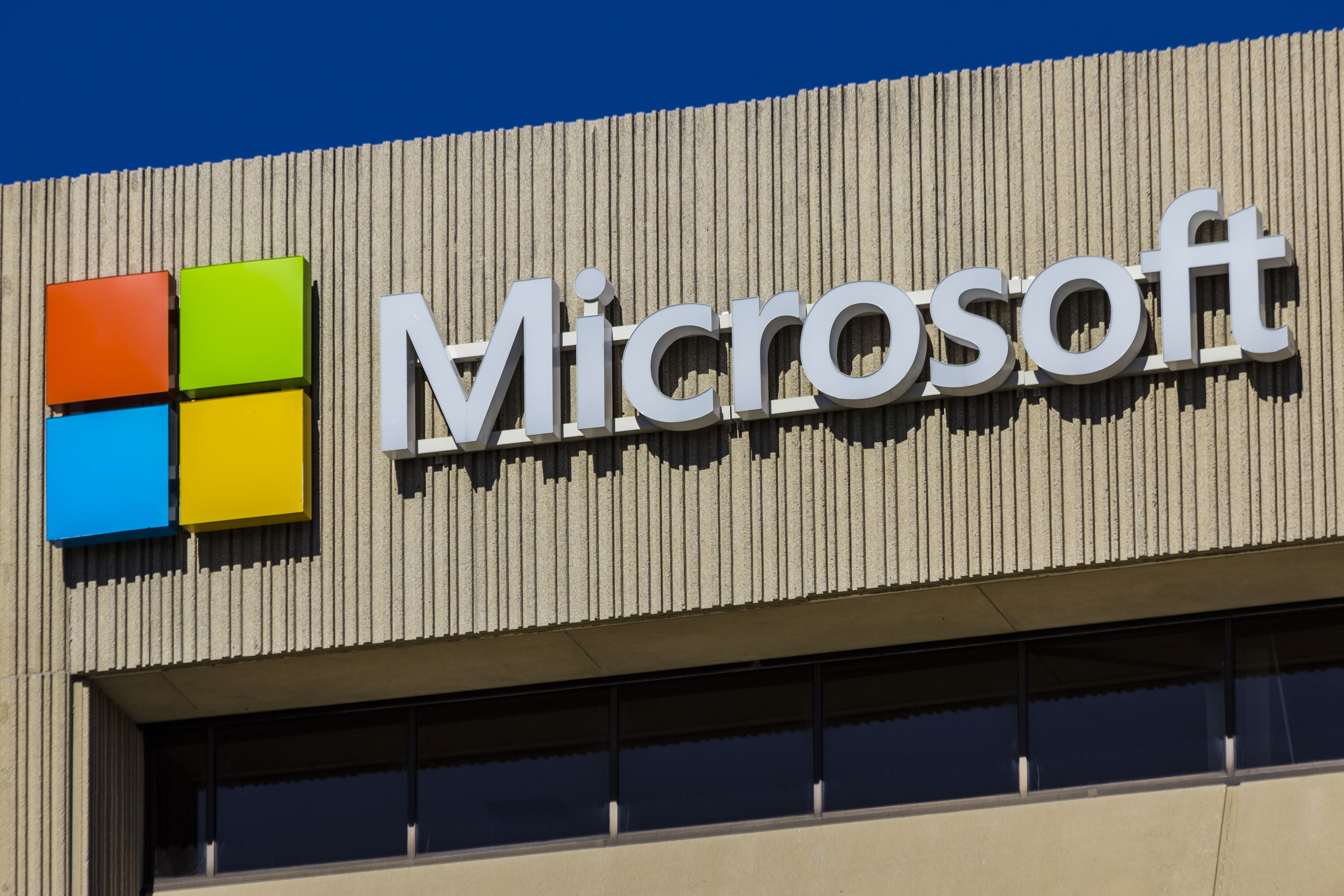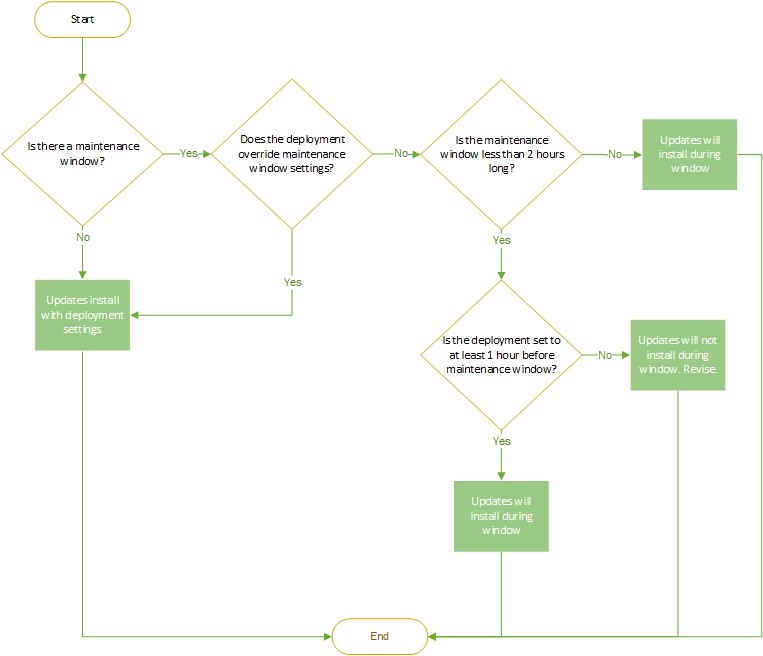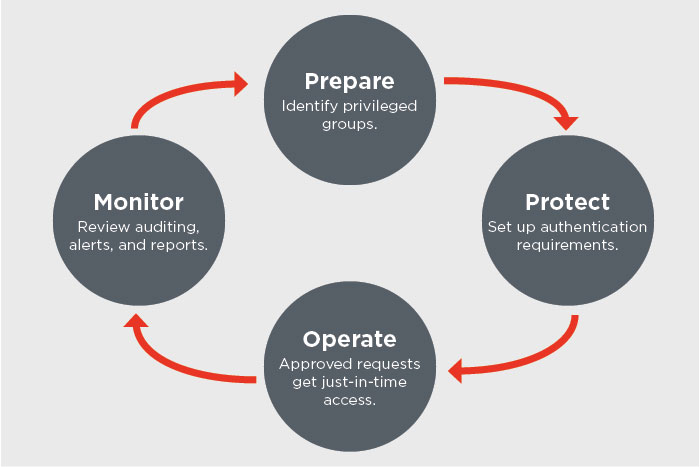New Microsoft Office 2019 on-premises server products, which are set to be released before the end of 2018, were made available for public preview on July 24. The new products include Exchange Server 2019, SharePoint Server 2019, Skype for Business Server 2019 and Project Server 2019. Here’s what we’ve learned about these products thus far.
Read More
Tags:
Office 365,
Data,
Server
In a previous post, we discussed the data governance tools available in Microsoft Office 365, which help you manage, protect and ensure the integrity of your data by assigning retention policies to new and existing content. Labels are used to classify content in Office 365, enabling you to establish more granular retention and data loss prevention policies so data can be more tightly controlled.
Read More
Tags:
Office 365,
Governance,
Safety,
Data
This isn’t your parents’ workplace. More employees are working remotely than ever, and tech-savvy Millennials will represent half of the American workforce by 2020. As the workplace changes, the way we collaborate and share information continues to change with it. Adoption of Microsoft Office 365 is indicative of these changes.
Read More
Tags:
Office 365,
Governance,
Labels,
Millennials,
Classification
Business data stores are growing by as much as 65 percent annually, and a significant portion of that data is created, shared and maintained within the framework of Microsoft Office 365. All of the information stored in emails, OneDrive accounts and other Office 365 locations has costs and risks associated with it. That’s why data governance is a critical component of managing Office 365.
Read More
Tags:
Office 365,
Teams,
Governance,
Storage
Launched by Microsoft in 2001 as a server management tool, SharePoint has morphed into perhaps the world’s most popular workplace collaboration platform. It is used by some 200 million individuals across 300,000 customer organizations, including 85 percent of the Fortune 500.
Read More
Tags:
Technology,
Office 365,
SharePoint,
Microsoft
We’ve been talking about Microsoft Teams, and in our last post we provided some planning and implementation tips for maximizing the success of a Teams roll-out. Sure, Teams is intuitive and easy to use, but it can also have a big impact on organizational processes. It’s important to understand how various groups collaborate and help them use Teams to their best advantage.
Read More
Tags:
Technology,
Microsoft,
Teams
In our last post we described the core features and capabilities of Microsoft Teams. The application serves as a hub for applications, document sharing and meetings, with a persistent threaded chat feature that keeps teams engaged and informed. Microsoft Teams can easily be customized to meet diverse needs and has advanced security features to protect sensitive data.
Read More
Tags:
Technology,
Microsoft,
Teams
Almost 40 percent of employees will work remotely within 10 years, according to a recent survey by Upwork. Eighty-six percent of respondents said that escaping the confines of the office increases productivity by eliminating distractions and impromptu meetings.
Read More
Tags:
Technology,
Microsoft
In a recent alert, the U.S. Computer Emergency Readiness Team (US-CERT) said that about 85 percent of successful security breaches involve systems that have not been patched. A recent study by research firm Voke Media found that 82 percent of security breaches since 2015 occurred due to unapplied patches that had been available for up to a year.
Read More
Tags:
adaptivedge,
SCCM,
software update,
Microsoft,
SUP
In Part 1 of this post, we examined how two Microsoft solutions, Privileged Access Workstation (PAW) and Local Administrator Password Solution (LAPS), protect privileged accounts and the data and applications they use. PAW is capable of distinguishing privileged administrative accounts from normal user accounts. When a privileged account is recognized, PAW creates a hardened physical environment for sensitive tasks while preventing high-risk activity. LAPS automatically generates, encrypts and randomizes passwords based on security policies and simplifies password management.
Read More
Tags:
adaptivedge,
cybersecurity,
PAWS,
identity management,
privileged accounts











